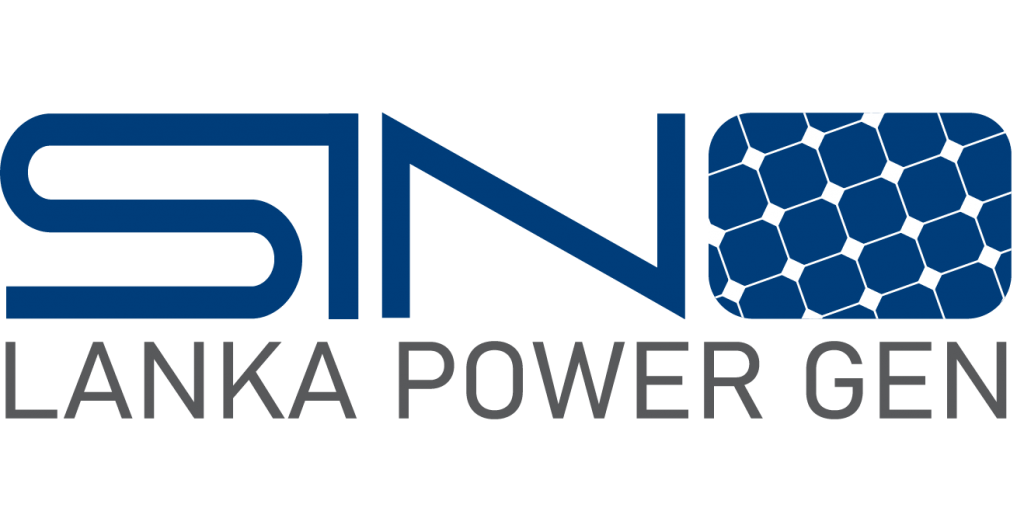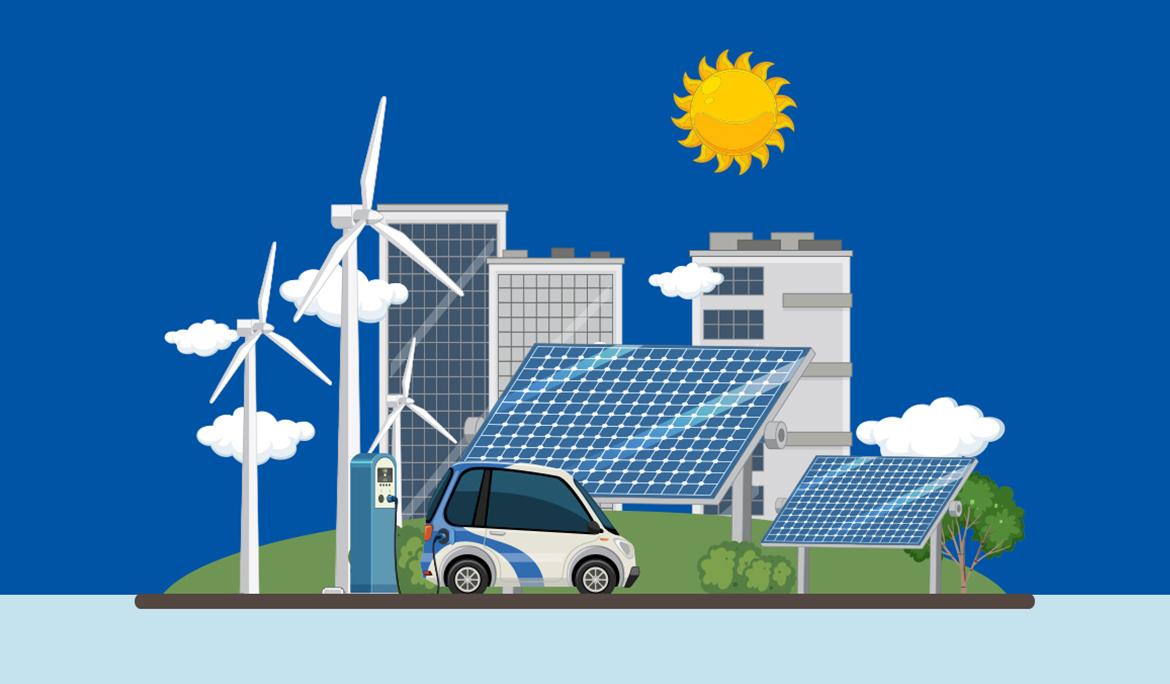Overcoming the Limitations of Standalone Renewable Energy Plants : The Role of Solar Wind Hybrid Systems
Renewable Energy and Non-Renewable Energy represent the two major categories of energy generation methods. Solar, wind and geothermal energy sources are examples for renewable energy and their key characteristic is that they do not replenish over time and they are abundant in nature. Non-renewable energy sources such as coal, fossil fuel and nuclear energy are in finite quantities that can be used for energy generation but heavily contribute towards environmental pollution. Also, due to refining of fossil fuel creating harmful environmental hazards to the environment, the encouragement towards renewable energy generation has taken a significant rise over the past few decades. Conventional renewable energy generation plants are usually installed as a standalone system. Advancement of science and engineering led towards the concept of combining multiple renewable energy plants in order to provide a maximized energy generation output with better returns based on the energy resources available to a specific location. These combined renewable energy plants are known as ‘Hybrid Renewable Energy Systems’.
A hybrid renewable energy system refers to a power plant where two or more standalone renewable energy systems are combined in order to generate a higher power generation feature and can eliminate several losses encountered by standalone renewable energy systems. Since renewable energy resources cannot be harvested in a continuous manner, hybrid energy systems are basically the ideal solution for consistent and stable energy generation. One of the most common hybrid power plant available is the ‘Solar Wind Hybrid Power Plant’. This blog content explains the advantage of the Solar Wind Hybrid Configuration and how it can help the renewable energy sector overcome the reliance of fossil fuel for years to come while ensuring a higher energy production density.
The installation of a solar wind hybrid power plant is done in a manner where large horizontal axis wind turbines and solar panels are erected in a considerably large ground area and afterward connected to a regulation unit and power conversion unit. Batteries and connection to the local electricity grid can make the hybrid power plant stable and non-interruptive. The power output from the solar panel is basically a Direct Current (DC) output and it is connected to a DC Bus bar. But since the wind turbine output is an Alternating Current (AC) output, it is first converted into DC with the assistance of a rectifier bridge and the wind DC output is connected to the common DC bus bar that accommodates the solar DC bus bar. Next the DC solar wind hybrid connection is connected to a hybrid inverter to convert into AC and then fed to the utility electricity grid , battery system or potential loads.
Solar and wind resources do not deliver at the same time whereas combining them is the ideal solution to acquire a higher power density per square foot that also has a continuous power generation capability. This solar wind hybrid combination is ideal for a specific location that has both solar and wind potential that can be captured and converted into usable energy. Since a standalone solar system does not have the capability to produce energy at night, having a wind turbine in combination with the solar system can help energy generation during the night. Wind energy potential exists during the entire day and the hybrid renewable energy system hereby achieves a 24-hour power generation capability. This combination also can be scalable according to the location specific solar and wind energy potential. For example, if there is a location adjacent to the coastal area, more wind plants can be erected to accommodate the high wind potential capacity and the remaining area can be used to install solar panels thus creating a potentially higher energy density per square foot. The inconsistent nature of renewable energy resources is one of the most significant drawbacks in standalone renewable energy harvesting. As an example, a solar PV system has the ability to only generate a peak generation capacity during the daytime that includes a time duration of 4 hours for a particular day. Wind speed also varies in an inconsistent manner according to its geographical location and climate conditions. So, combining these two standalone systems can benefit by providing a higher energy yield that is stable and consistent throughout the year.
In conclusion, a solar wind hybrid power plant is the ideal configuration for a tropical island like Sri Lanka that has very good wind potential and solar potential. The system can eliminate the seasonality losses during monsoon season by harvesting more wind energy for power generation while giving a 24-hour power generation throughout the day. The scalability factor of wind and energy plants can be crucial to customize the hybrid system according to any geographical location. Even though the initial investment of installing a hybrid power plant is quite expensive, it is a onetime investment that is quite effective and efficient in the long run. By introducing Solar Wind Hybrid Power Plants, we can significantly reduce the reliance of fossil fuel consumption and also reduce the environmental impact from fossil fuel combustion related emissions. This solar wind hybrid power plant configuration can be considered as a crucial step towards achieving sustainability ensuring a greener and cleaner future for generations to come.




